Building your dream kitchen as a first-time homeowner


You've finally got your own place, and now it's time to design the heart of your home — the kitchen. This is where the culinary magic happens, where your late-night cravings are satisfied, and where you will probably spill a few things while trying out new recipes.
I find cooking therapeutic and foresee spending a lot of time in the kitchen — which is why it was so important for me to get it right on the first try. Trust me, you don't want a kitchen remodel after moving in.
Having done hours and hours of research, here is my cheat sheet of things you might want to consider while designing the kitchen of your dreams.
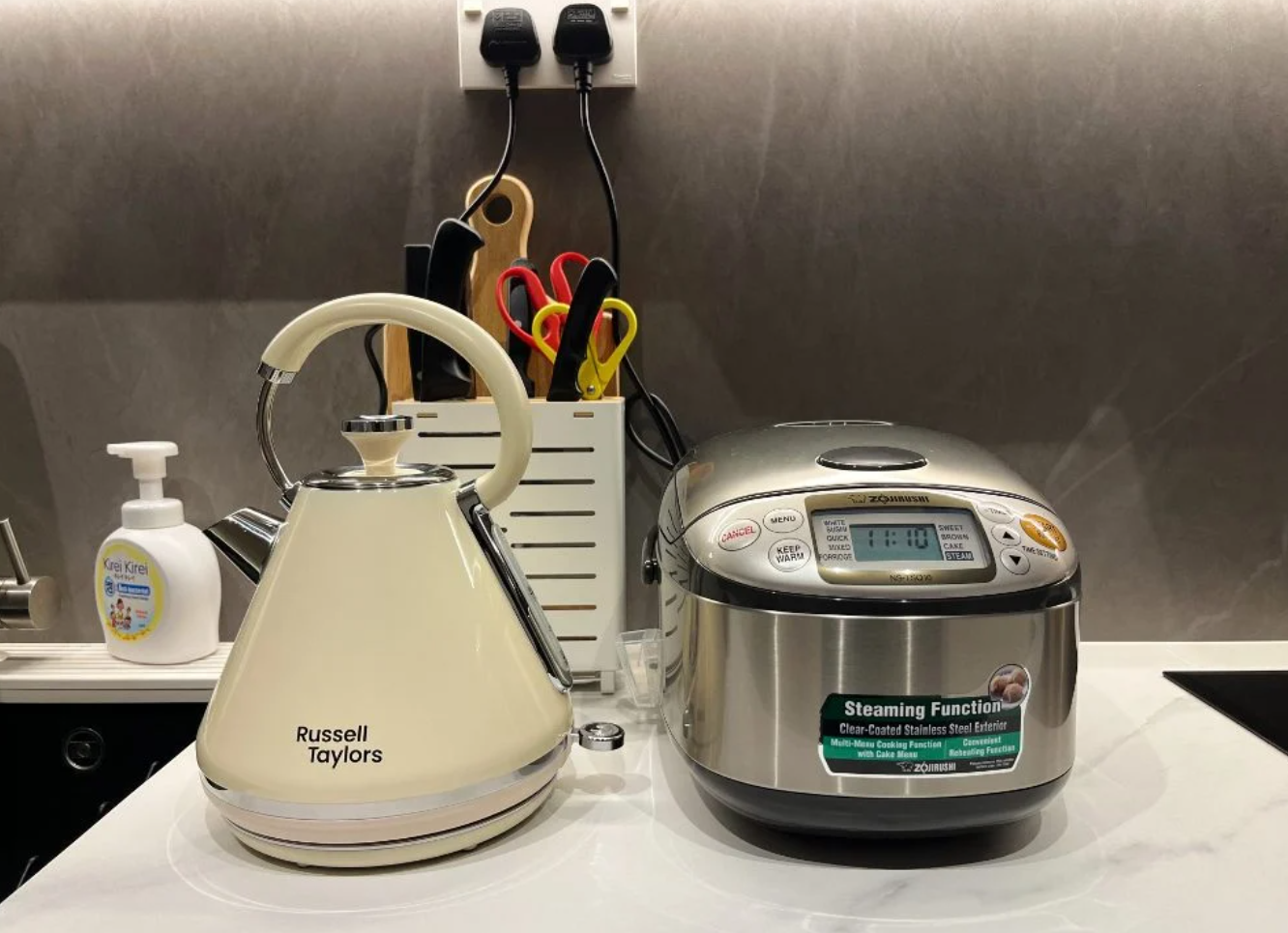
If you’re anything like me, you start the day right with a dose of caffeine from your trusty Nespresso machine, followed by a smoothie from your blender. In the afternoon, you might give in to your hunger pangs and whip up a quick snack with your air fryer. Appliances like these take up a lot of countertop real estate.
Enter: the retractable countertop, which can be hidden in the cabinet when not in use. This gives you extra space when you need it, and your kitchen a cleaner look when you don’t — especially handy for smaller kitchens.
Plan your countertop space around the appliances you use most frequently. Think about your rice cooker, microwave, air fryer, kettle etc.
Do you need all of them out at once, or can some be stashed away until needed? A well-thought-out layout can make your kitchen feel more spacious and functional. You don’t want to overcrowd your gorgeous quartz countertop with chunky appliances.
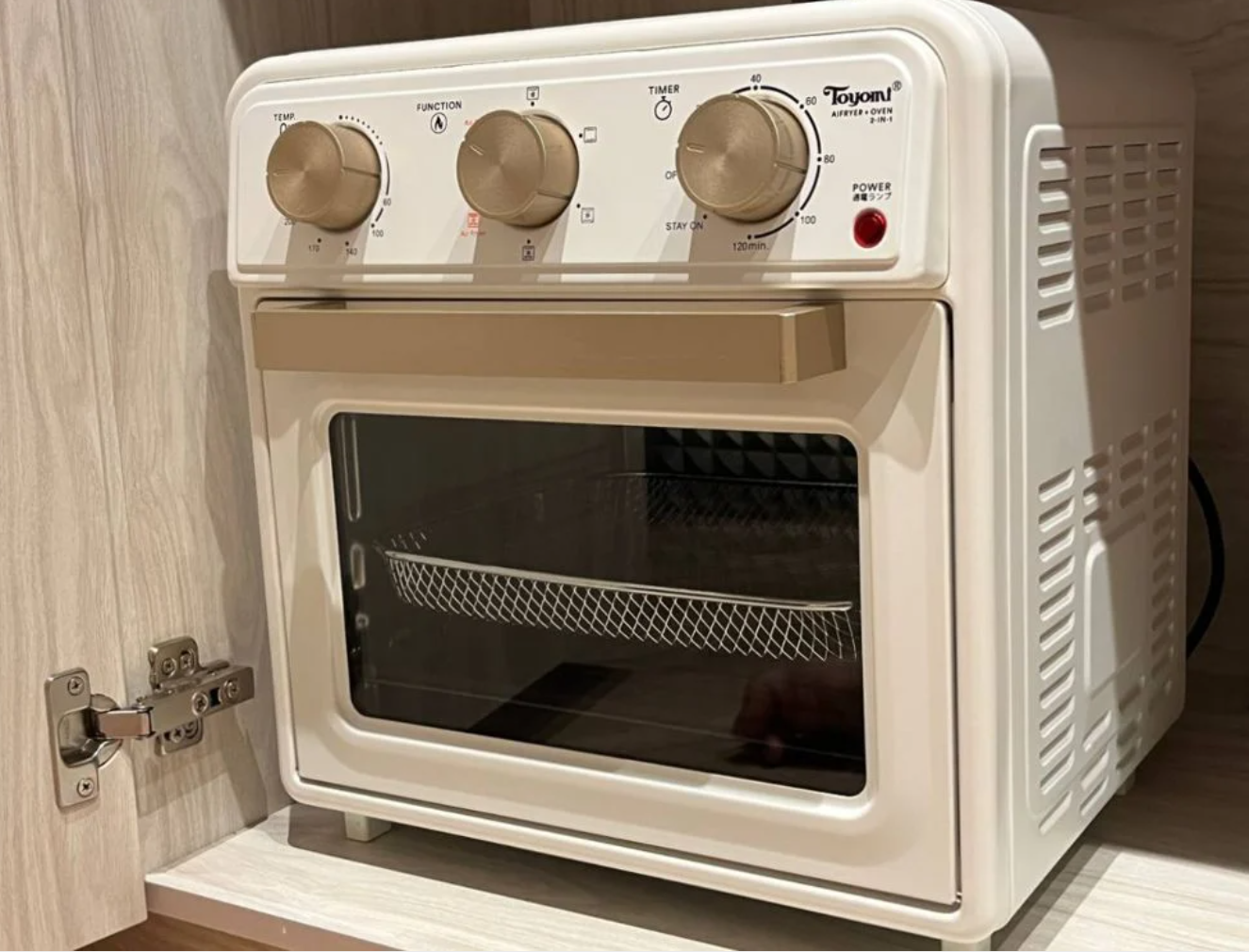
This seems to be a non-negotiable for most homeowners but pause and consider if it’s really necessary. Yes, it’s a must-have for avid bakers who enjoy whipping up cookies, cakes, and roasts. But if you’re only using it to bake the occasional lasagna or heat up leftover pizzas, you might want to consider substituting a built-in oven with an air fryer oven — which is what I opted for.
Besides, did you know that if you use your oven infrequently, it could lead to a bunch of other problems? For example, it could cause a power trip when you eventually turn your oven on.
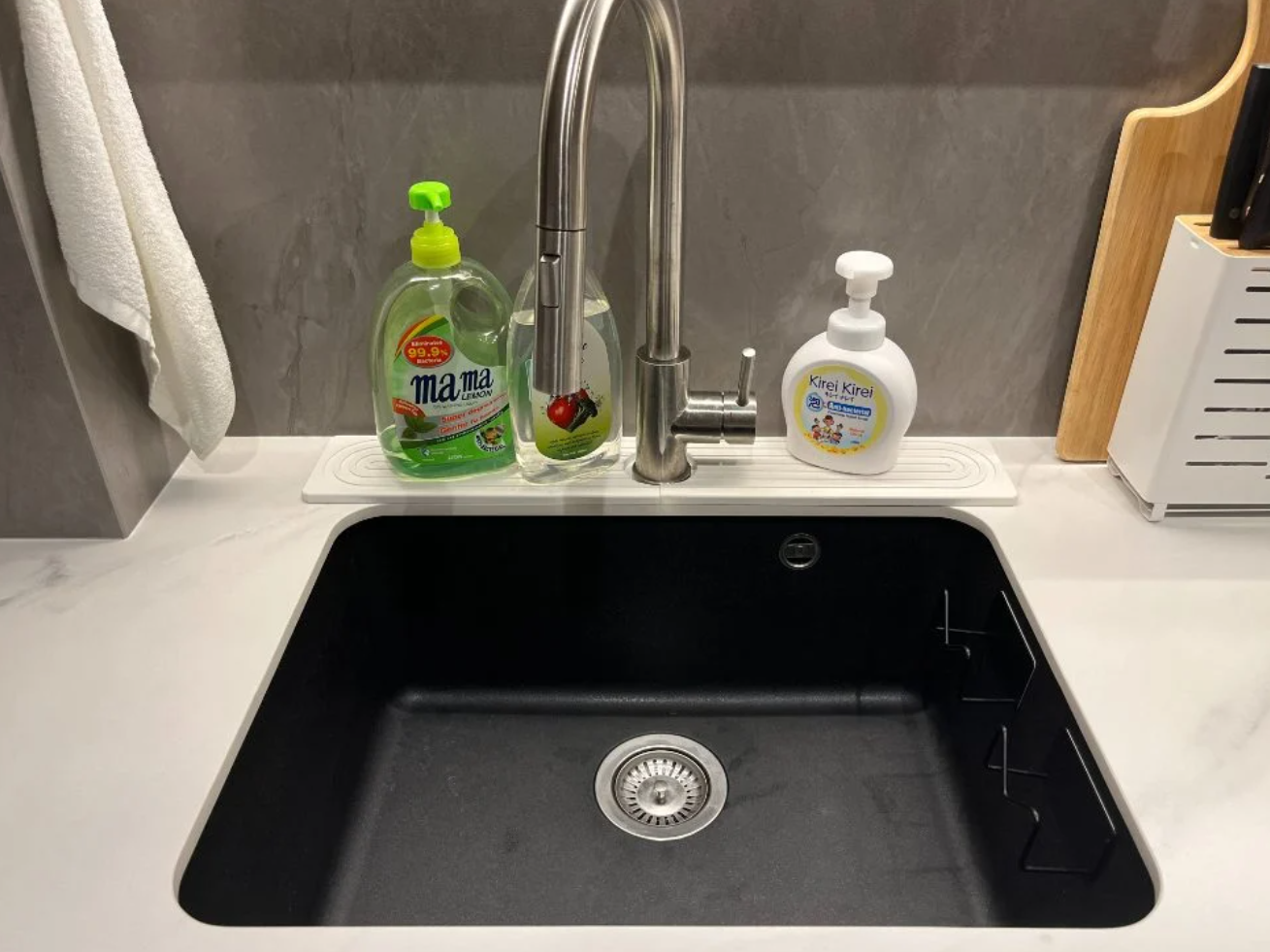
My mum is a staunch believer in washing dishes by hand — she claims that it is cleaner than using a dishwasher. That’s not true, but I do think that adding a dishwasher takes up premium kitchen real estate.
Get a dishwasher if you cook a lot and dread the aftermath of scrubbing pots and pans. It’s also more water-efficient than washing by hand, which is a nice eco-friendly bonus. However, if you usually eat out, order GrabFood, or seldom cook, you might find that a dishwasher takes up more space than it's worth.
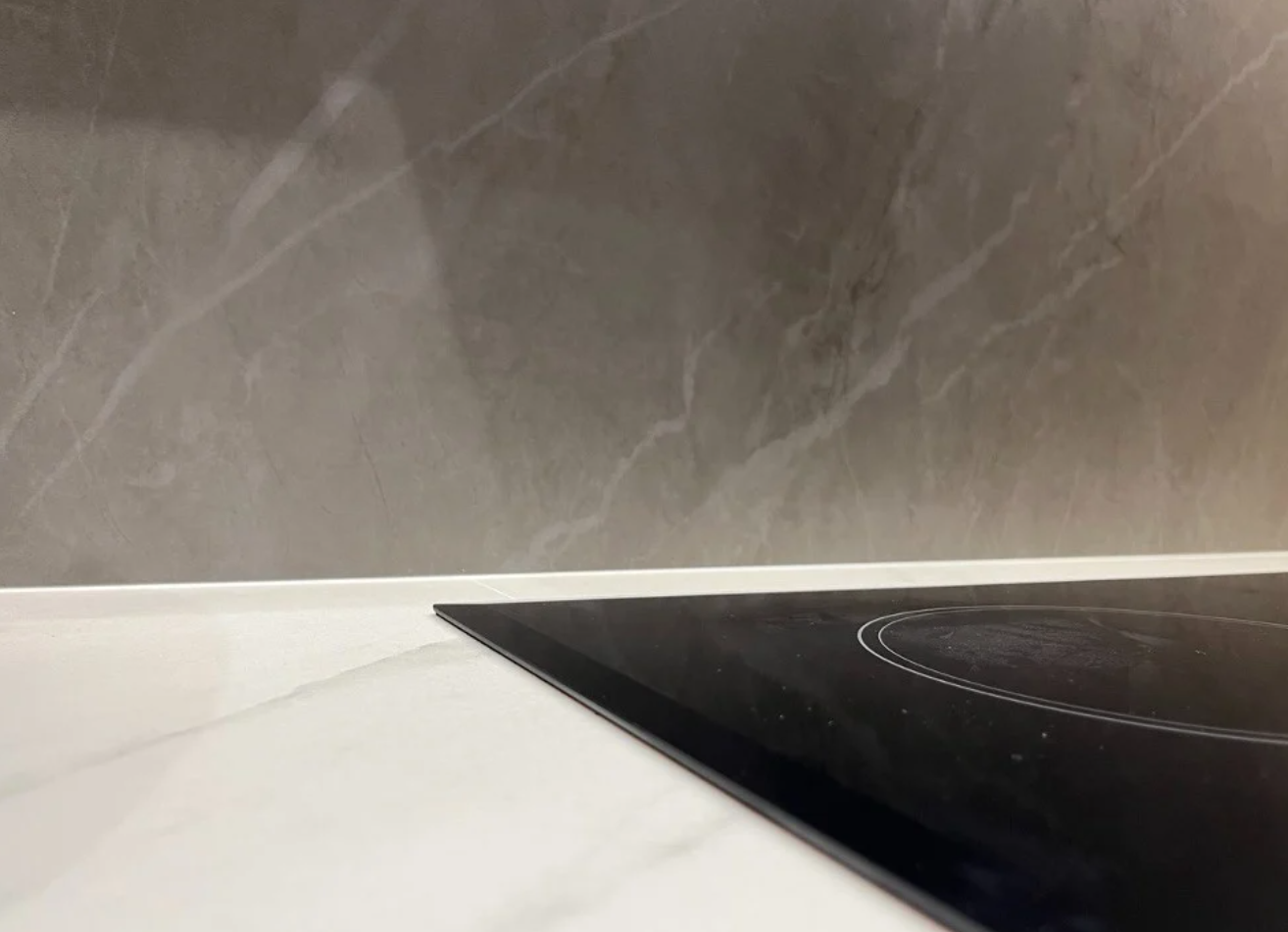
Let’s talk aesthetics and functionality. The materials you choose for your countertops and backsplashes will define the look and feel of your kitchen. Here are some of the pros and cons of the materials I considered:
Sintered Stone
Granite
Quartz
Laminate
Tiles
For my kitchen countertop, I initially wanted to go with laminate to save costs. It looked great, but I was concerned it wouldn’t hold up well to my intense cooking habits. In the end, I went with sintered stone, and it was worth every cent. It’s durable, beautiful, and adds a timeless elegance to the space.
When you’re considering backsplashes, you could also throw glass into the mix during your thought process. It’s minimalistic and easy to clean — but it’s also expensive and could yellow over time. That was a no-no for me.
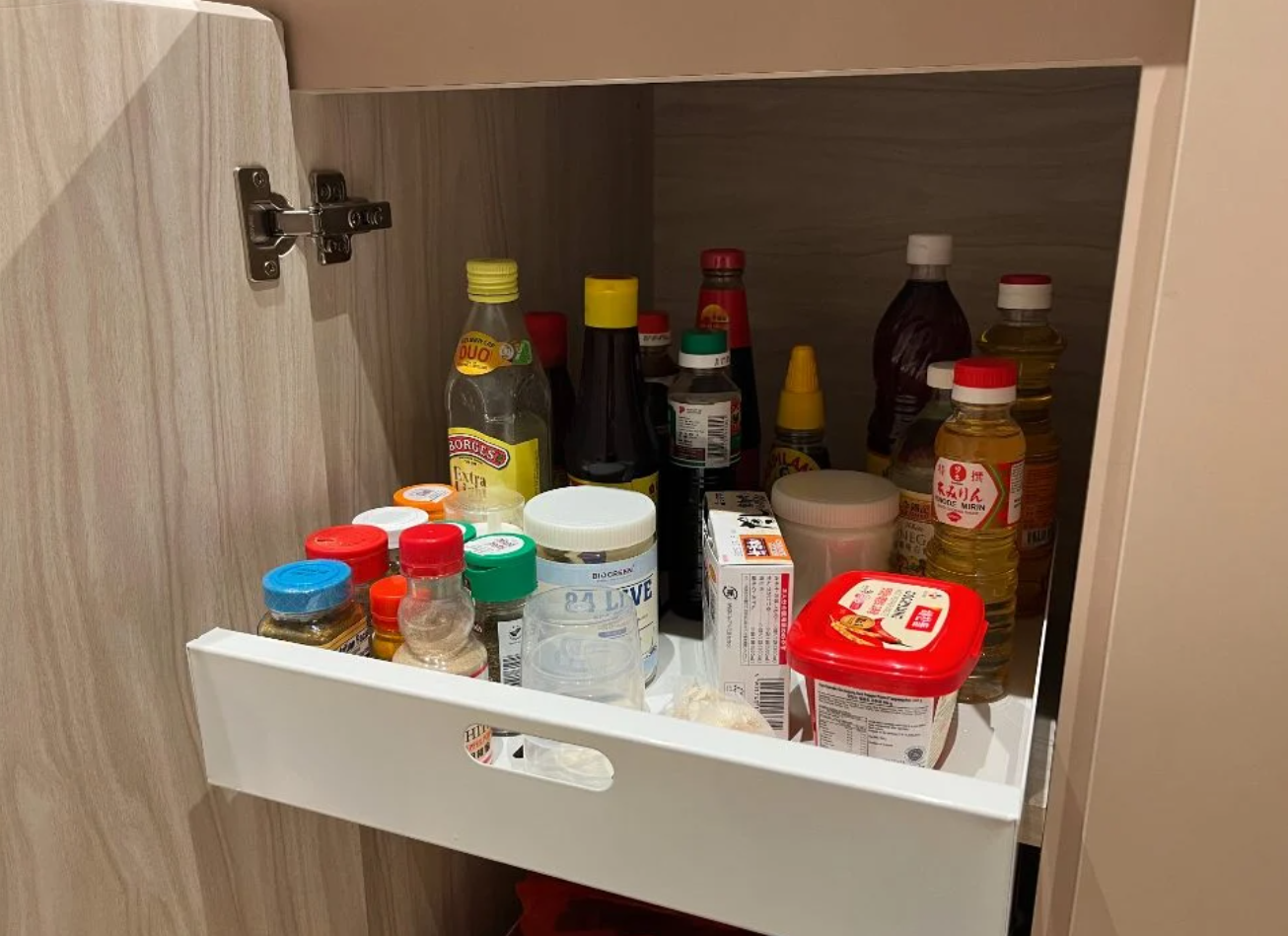
I was shocked to learn of the huge difference in price between fitting drawers compared to shelves in the kitchen. Honestly, drawers may not be the most efficient use of space. I opted for only three drawers to store cutlery, plates, and bowls, and went for fitted shelves for the rest of my kitchen.
Open shelving can make your kitchen look bigger and more open. I also bought organisers from Ikea and Shopee to help keep my go-to kitchen items tidy. Clutter can quickly turn your dream kitchen into an eyesore.
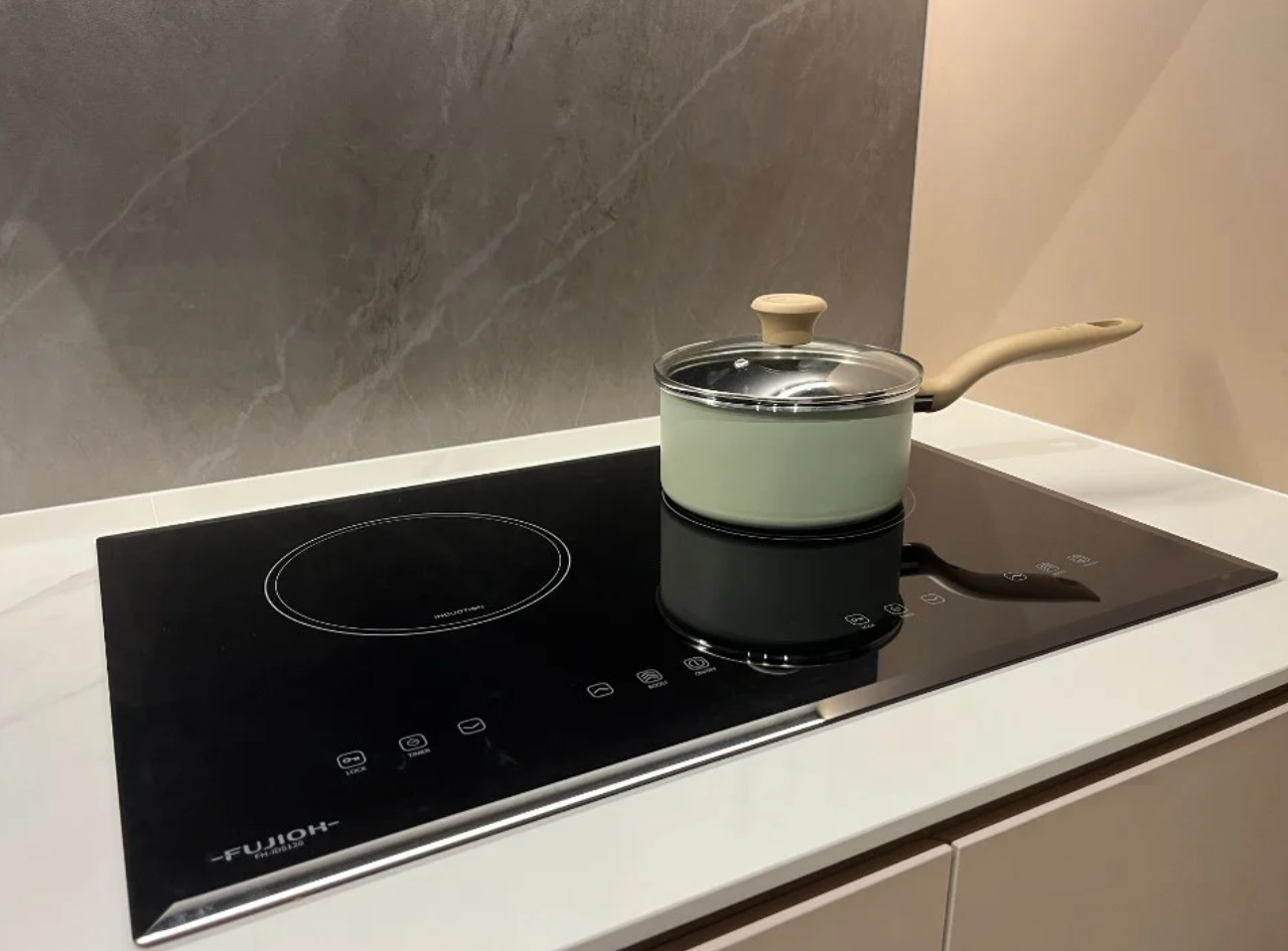
That’s the burning question, right? As with countertops, both have their positives, so the choice comes down to personal preference and cooking style.
Gas
Induction
At my mum’s old place, scrubbing the burner grates of the gas stove was super sian for me, which is why I vowed to switch to induction when I got my own place. It’s so much easier to clean, and I appreciate the added safety of not accidentally burning myself.
ALSO READ: My first (and last) time... making these reno mistakes
This article was first published in Wonderwall.sg.